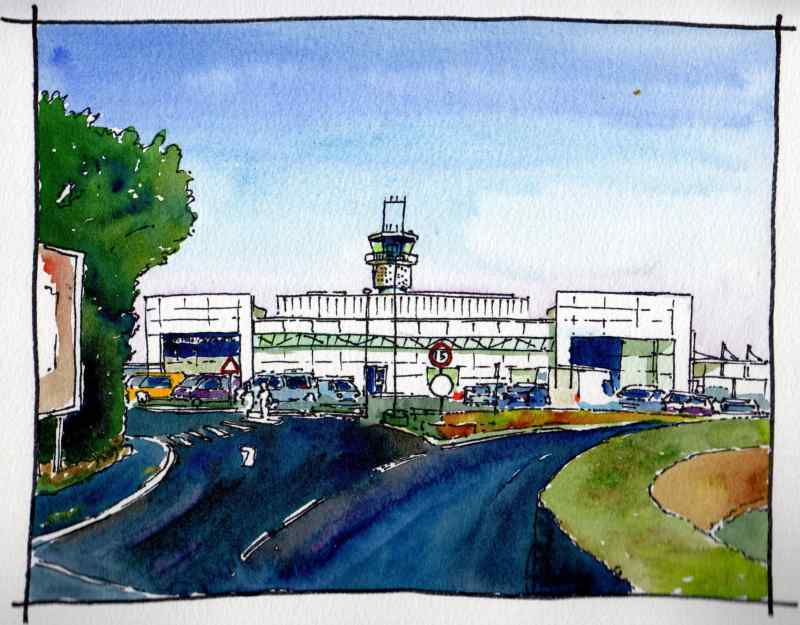Back to Clooney Road, City of Derry Airport is located beside the road on another former WWII airfield. This was RAF Eglinton air base home to No. 133 Squadron RAF from 1941 which flew Hurricane fighters. In 1943 the airfield became a Fleet Air Arm base called RNAS Eglinton and was home to the No. 1847 Fleet Air Arm Squadron providing convoy cover as part of the Battle of the Atlantic. In 1978 the airfied was purchased by the district council and the current terminal was erected as part of a significant investment with European Regional Development support and opened in 1993. Designed by WRD and RT Taggart architects it is a bright welcoming building designed for ease of internal adaptability and extension. While significant extensions have not been required the subdivision of the internal space has undergone a number of changes during subsequent years. An open an airy interior has largely been retained however.
|
|
|


